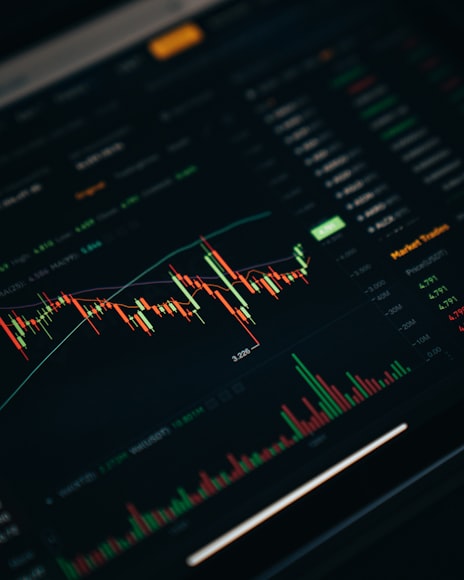Moving averages are a commonly used technical indicator in the stock market and other financial markets. They are used to smooth out price data and to help traders identify trends.
There are several different types of moving averages, but the most common is the simple moving average (SMA). To calculate a simple moving average, you take the sum of the closing prices of a security over a given time period and then divide that sum by the number of time periods. For example, if you wanted to calculate a 50-day moving average, you would add up the closing prices for the past 50 days and then divide that sum by 50.
Moving averages can be used in several ways:
Trend identification: A moving average helps to smooth out short-term price fluctuations and can make it easier to identify the underlying trend. For example, if a security's price is above its moving average, it may indicate an uptrend, while if the price is below its moving average, it may indicate a downtrend.
Support and resistance: A moving average can also act as a level of support or resistance for the price of a security. If the price of a security is approaching a moving average from below, it may be seen as a level of support, as traders may be more likely to buy the security at that price. If the price is approaching the moving average from above, it may be seen as a level of resistance, as traders may be more likely to sell the security at that price.
Crossover signals: A moving average crossover occurs when a shorter-term moving average crosses above or below a longer-term moving average. This can be seen as a signal to buy or sell the security.
There are many other ways to use moving averages, and they can be used in conjunction with other technical indicators to provide a more complete analysis of a security's price action. It is important to note, however, that moving averages are a lagging indicator, meaning that they are based on past price data and may not necessarily predict future price movements.


0 Comments